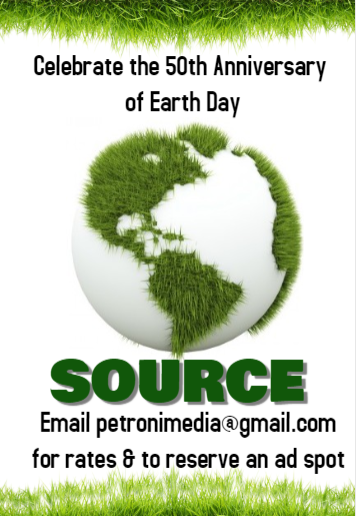Editor’s Note: This is a weekly recycling column by the City of Framingham’s Recycling coordinator.
***
By Stephen Sarnosky
[broadstreet zone=”51611″]
FRAMINGHAM – Composting is a great way to recycle our organic “waste” into a beneficial soil amendment for our yards and gardens.
Composting at home can also help reduce methane production at landfills. Using the compost in our landscapes helps store carbon in the soil instead of releasing it to the atmosphere.
And you can reduce your trash by 50 percent or more by composting leaves, grass clippings, garden debris, fruit peels, vegetable scraps, tea bags, coffee grounds, egg shells, paper towels, napkins and even brown paper bags.
[broadstreet zone=”52093″]
It’s easy to make compost, and DPW Framingham, Sanitation Division makes it even easier by offering rodent-resistant back yard home composting bins for $25 by using a subsidized grant from MassDEP.
To obtain a discounted compost bin, visit the Framingham Recycling Drop-Off Center located at 255 Mt Wayte Ave. Act now, supplies are limited!
This composter is made by Eco Square and has a 100-gallon capacity, and provides air and moisture to the composting material, requiring a minimum of maintenance while producing compost in about 3 months.
It is made in the United States, has a sliding door at the bottom for removing compost and a locking lid. It is made from 50% post-consumer recycled plastic.

A compost bin helps hold in heat and moisture, keep animals out, and looks more attractive than open compost heaps. Organic material will start to turn to compost in the bin in 3 to 6 months.
Compost, sometimes referred to as “black gold” to gardeners, replenishes nutrients in the soil, helps retain moisture, makes the soil easy to work, and helps plants resist disease. Compost makes plants healthy so they can overcome adverse conditions without pesticides or chemical fertilizers.
How to Compost
Fill your compost bin using three parts “brown” material and one part “green” material. This provides food for the compost organisms in a recipe that will not create odors.
“Brown” ingredients include leaves, straw, dried grass clippings, wood chips, sawdust, pine needles, and paper products such as paper towels, napkins, bags, plates, coffee filters, tissue and newspaper.
“Green” materials include fresh grass clippings, weeds, fruit and vegetable scraps, coffee grounds, tea bags, eggshells, manure, and seaweed.
Make sure the materials are damp as you build the pile, especially the “browns.”
[broadstreet zone=”70107″]
As you build the pile, sprinkle on several shovelfuls of rich garden soil or finished compost after every 12” of fresh material.
Dry leaves are an important ingredient of a compost pile. Without them, a compost pile may become too wet and create odors. If you have dry leaves available, use them to start your compost heap and save the rest to add during the summer.
Compostable food scraps and grass clippings should be buried under about 6″ of leaves, where they will decompose and will not create an odor.
If leaves are in short supply, add plenty of paper towels, napkins and torn up paper bags to provide the necessary carbon, and always bury your food scraps under this material.
[broadstreet zone=”58610″]
Most of the composting work is done by soil organisms that convert organic material to humus. They need oxygen, just as we do. Lack of oxygen will slow down the composting process and cause odors.
Turn your pile, fluff it with a hoe or turning tool, or build air passages into the pile to keep your compost pile “aerobic” and odor-free. Or use a compost bin that allows air to penetrate the pile.
In about three months, the material will start to turn to compost. The material at the bottom of the pile will be ready first.
As more time goes by, the level of compost in the pile will rise until it is easy to access just below the surface. You will know your compost is ready to use when it looks like rich, brown soil and no longer resembles the original materials.
[broadstreet zone=”59948″]
Benefits of Compost
Compost benefits all plants, and there are many different ways to use it. Add a handful of compost to each transplant hole when planting seedlings or potted plants. Spread another handful on the surface of the soil around the newly planted seedling, making sure that the compost is not touching the stem or trunk of the plant.
Spread compost as a mulch around perennials, shrubs and other existing plantings.
If you are planting seeds, apply one-half to three inches of compost and mix it in with the top four inches of soil in the seedbed.
To rejuvenate lawns, screen your compost using ½” screening. Sprinkle the screened compost on the lawn about ¼” deep. Screened compost is also excellent for reseeding lawns. Sprinkle it ½” deep over the bare spots and distribute new grass seed on top. You can even make excellent potting soil with compost by mixing equal parts compost, sand and loam.
Good luck and happy composting.
If you have recycling or composting questions, email editor@framinghamsource.com and the recycling coordinator will answer in a future column.

